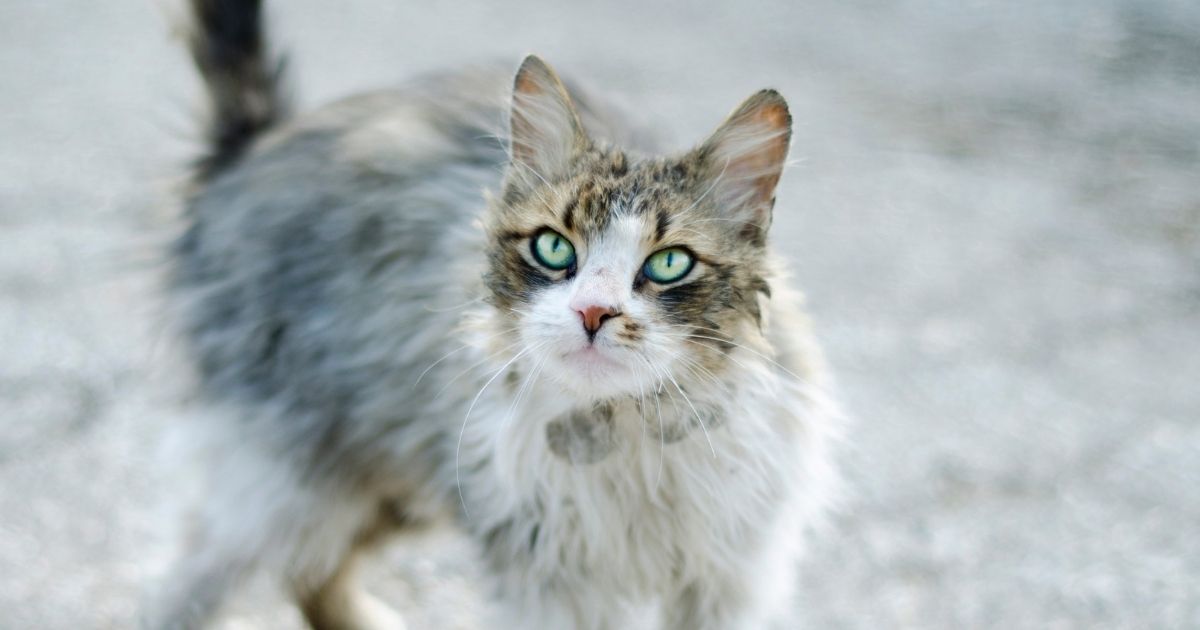
Feral and Stray Cats | Why celebrate Global Cat Day?
October 16, 2024Cats are in danger. Millions of kittens are born in the wild, which makes them feral. When they are captured and taken to a shelter, it is difficult for them to be adopted. Feral cats are kittens with limited or no human interaction before the age of 12 weeks, which is a pivotal time in their lives that helps shape their behavior for life.
Global Cat Day is October 16th and it’s goal is to raise awareness around non-lethal feline programs. Programs such as TNR, or trap, neuter, and release, help make it possible for cats to live full and healthy lives in our communities.
Trap, Neuter, and Release

Trap, neuter, and release programs aim to reduce shelters and overall colony populations across the country. TNR programs trap feral and stray cats. They are then neutered and vaccinated under the care of a veterinarian. Their ears are clipped to identify that they have been fixed. Then the cat is released back into the neighborhood where they were captured to continue their lives.
Stray Cat vs. Feral Cat
Do you know the difference between a stray and a feral cat?
Stray Cat

A stray cat is a cat who lived indoors and was socialized with humans at some point in their lives. Unfortunately, they either escaped or lost their home for whatever reason, making them stray. Stray cats can readjust to living with people and maybe good candidates for adoption into indoor homes if people have the time and means to foster and adopt.
Feral Cat

A feral cat is an unsocialized outdoor cat who has either never had any physical contact with humans or human connection has diminished over enough time that she is no longer accustomed to it. Most feral cats are fearful of people and are not likely to become lap cats or enjoy living indoors.
Salmon Oil for Cats

Salmon oil for cats can provide several benefits to feral and stray cats when added to their diet. Here are some ways in which salmon oil can be beneficial:
-
Promotes a healthy coat and skin: Salmon oil is rich in omega-3 fatty acids, specifically eicosapentaenoic acid (EPA) and docosahexaenoic acid (DHA). These fatty acids are essential for maintaining healthy skin and a shiny coat. Adding salmon oil to a cat's diet can help reduce dryness, itchiness, and flakiness of the skin, as well as improve the overall quality and appearance of the fur.
-
Supports joint health: Feral and stray cats may face mobility issues due to their lifestyle or age. The anti-inflammatory properties of omega-3 fatty acids can help alleviate joint inflammation and promote joint health. Salmon oil can be particularly beneficial for cats with arthritis or other joint-related conditions.
-
Boosts immune system: Omega-3 fatty acids found in salmon oil have been shown to have immune-boosting properties. They can help enhance the cat's immune response, making them better equipped to fight off infections, diseases, and other health issues.
-
Supports cardiovascular health: Omega-3 fatty acids have been associated with promoting a healthy cardiovascular system. They can help reduce blood clot formation, lower blood pressure, and decrease the risk of heart disease in cats.
-
Enhances brain function: DHA, one of the omega-3 fatty acids present in salmon oil, is essential for brain development and function. Providing feral and stray cats with DHA through salmon oil can support cognitive health and improve their overall mental acuity.
Cats Need Us

All cats deserve to live. By standing up for that belief, you give Alley Cat Allies the power to help transform communities worldwide. One person, one voice, CAN make a difference. Let’s stand together to help protect the cats that need us.
Learn more about TNR programs near you. You can donate or volunteer to support a program in your area. Help protect and control the cat population in your neighborhood in a humane way.
